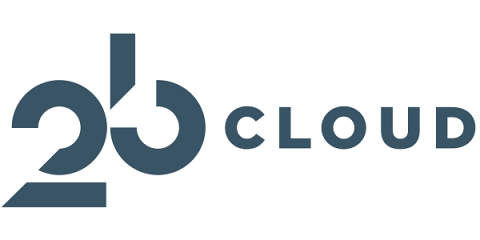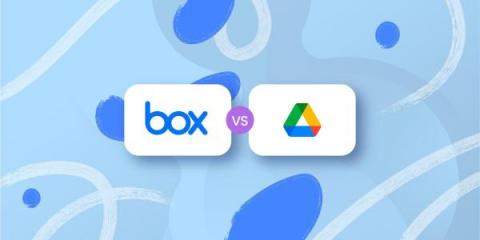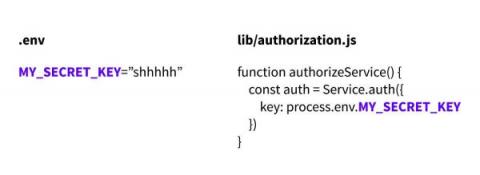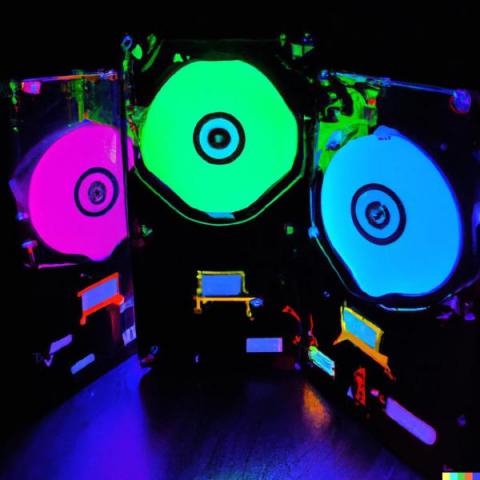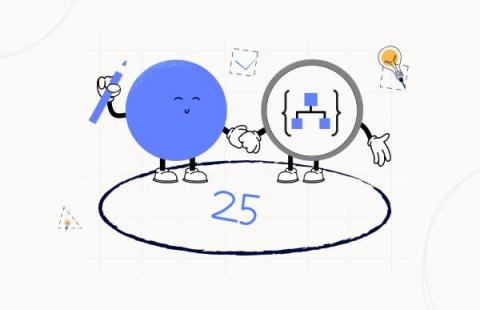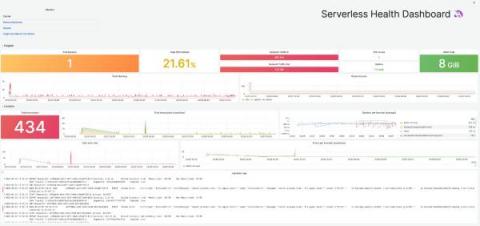Operations | Monitoring | ITSM | DevOps | Cloud
Latest News
Five Best Practices for Using Virtual Machines on Azure Cloud
When planning public cloud environments, two commonly used words are “progress” and “results.” While positive results may be achieved at the end of a well-organized, meticulously planned journey, the first few crucial steps set your orientation on the journey. Let’s take a closer look at these steps, using a Microsoft Azure virtual machine (VM) environment as an example.
What is Azure Zone Redundant Storage?
When it comes to storing data in the cloud, ensuring high availability and durability is of utmost importance. Azure Zone Redundant Storage (ZRS) is a feature offered by Microsoft Azure that provides local and geographic redundancy for your data, ensuring maximum data protection and minimal downtime. In this article, we will delve into the details of Azure ZRS, its benefits, and how to use it effectively.
Box vs. Google Drive: Choosing a File Storage for Your Business
Project Variables are now available
Environment variables are the best way to store variables like API keys, secrets and databases URLs. Until today you had to create and update Env. Variable manually for each app even if they are inside the same project and share the same credentials. Today, we are launching Project-level Variables: Project-level Variables are environment variables created at the project-level. You can create and consume an unlimited number of environment variable directly from your project main page.
What is Azure Locally Redundant Storage?
As more and more companies move their data to the cloud, the importance of data redundancy cannot be overstated. Losing data can be catastrophic, so having multiple copies of your data in different locations is essential to ensure data availability and business continuity. One way to achieve this is through Azure Locally Redundant Storage (LRS). In this article, we will cover everything you need to know about Azure LRS, including what it is, how it works, and its benefits.
Adopting SRE: Standardizing your SLO design process
Designing SLOs is a key SRE competency which requires careful consideration and a consistent approach to implementation.
Logic App Best Practices, Tips, and Tricks: #25 How to send a well-formatted custom HTML Email
4 Pillars of Modern Multi-Cloud Infrastructure Management
Modern enterprise IT infrastructures are complex beasts. They grow and morph organically over time and have likely undergone one, if not more, significant point-in-time transformations.
AWS Fargate monitoring: How to collect serverless logs, metrics, and traces in Grafana
Interoperability — it’s one of the main reasons I joined Grafana Labs. Our “big tent” philosophy helps Grafana work with a wide range of data sources and tools, and it’s why you can use Grafana to address endless use cases and problems. We are best known for the seamless way we correlate metrics, logs, and traces to understand what is happening in the environment, resolve the immediate issue, and address any underlying issues so that it does not happen again.



